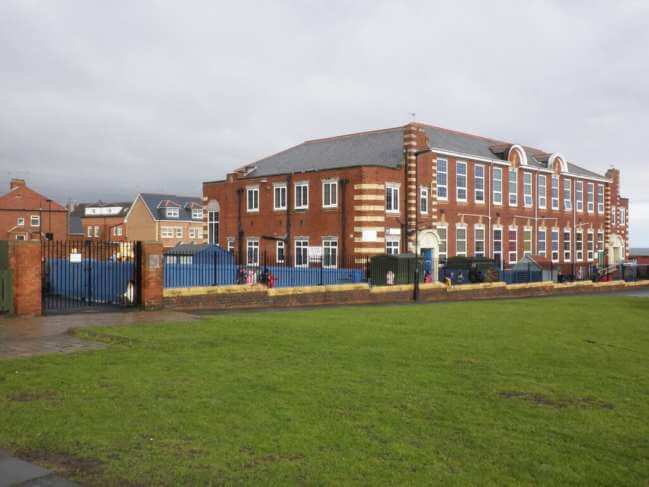
The health risks of asbestos, a previously common fire retardant, have been known about for decades. However, the fact that it was only banned in the UK in 2000 means we have more reason to worry than most. Anything built before then, particularly in the 1970s, has a substantial chance of containing some asbestos.
The focus in recent months has turned to schools, where its presence is particularly troubling. Asbestos is thought to have been used in as many as 86% of UK schools, with around 13,000 new builds in the period where it was most popular. But what is the real danger of asbestos in schools, and is anything being done to address these risks?
What is asbestos?
Asbestos is an effective insulator, and has historically been used in all manner of products designed to isolate and protect against electricity, fire and heat. Unfortunately it is also extremely hazardous to humans: consisting of millions of microscopic fibres per square centimetre, asbestos irritates the lungs, and has been clearly linked to several cancers.
Thanks to its wide use from the Industrial Revolution to the modern era, the UK has the highest incidence of mesothelioma (asbestos related lung cancer) in the world. It also has one of the highest mortality rates, with around 2600 people dying each year, more than the number of road deaths. This included 22 present or former teachers in 2012, and 17 in 2013.
Asbestos awareness
There is not always a clear correlation between the working environment and deaths from asbestos exposure. But recent reports point to lax standards applied around asbestos in schools. One survey by the NUT indicated that half of respondents were not told if their school contained asbestos or not. Only 5% were told conclusively that their school did not contain asbestos, and a majority of those who were told did not know where it was.
Three quarters of those who were told reported that the asbestos was in easily accessible locations, such as floors and ceilings. The same number knew of incidents of asbestos exposure, while 85% had never been shown an asbestos management plan. Others reported cleaners having to clear asbestos dust with a hoover, and work being carried out on asbestos insulation while children were still present.
These are anecdotes, but there is also solid evidence that procedures may not be being followed, either due to a lack of awareness or to monetary pressures. Two separate reports have in recent years detailed asbestos contamination and inadequate procedures at schools in Caerphilly and Brent. In the first instance, the school was closed for several years by the council until the issue was rectified, and only opened under pressure from central government.
Evidence of asbestos in schools
It should be said that the presence of asbestos in schools does not pose a uniform risk. Asbestos is safe in its inert, intact form, and is often well out of reach as insulation in cavities. However, the risk posed in schools is also elevated by the potential for damage.
While undamaged wall or ceiling tiles do not pose a threat, boisterous students can easily pick away at or damage them, exposing the microfibres to inhalation, and exposing themselves to future harm. Despite this, the HSE does not consider student damage a risk that needs to be accounted for by schools’ asbestos management procedures.
Other objects can also pose a risk of asbestos contamination. WW1 and WW2 era gas masks, sometimes used as props or found in school display cases, also frequently contain degraded asbestos. Wearing or even being in proximity to one of these masks is dangerous, and it is officially recommended that schools do not keep them on premises.
Conclusion
Proper identification of asbestos, routine checks and staff awareness can all maintain a safe environment in which asbestos remains present, but is mitigated as a risk. While not mandatory, asbestos awareness courses are an ideal way to improve this awareness among staff, empowering them to highlight potential risks and identify possible locations of asbestos.
The biggest issue moving forward is in the potentially spotty application of existing rules, and their enforcement by the HSE and DWP. Schools should take action to ensure that their standards are in line with official rules and guidelines, and where necessary, take steps to control or remove asbestos in their buildings. The increasing pressure on this issue may lead to an official removal date for all asbestos within the next 10-15 years.

